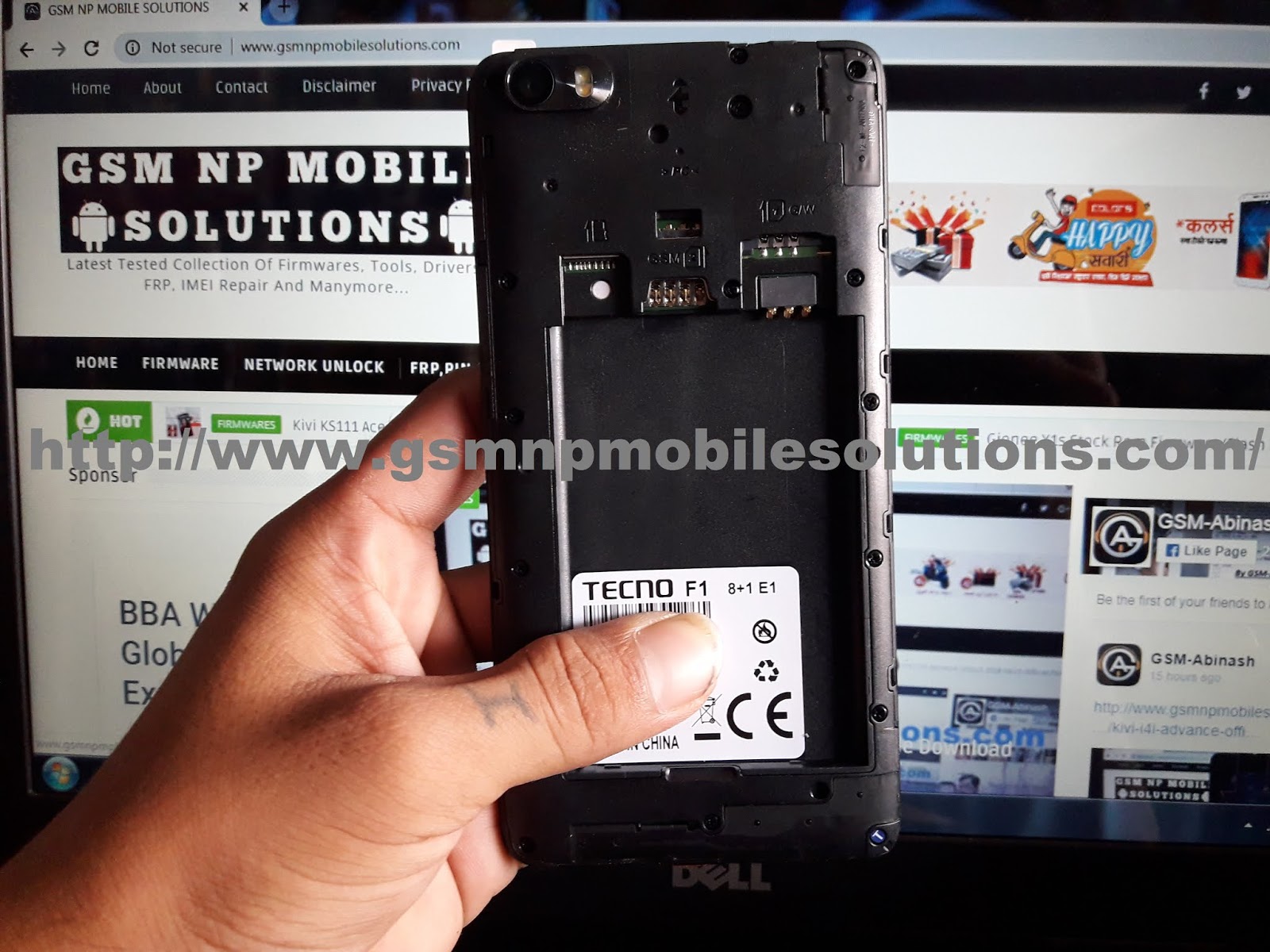Factory images come directly from the device manufacturers, and many don’t release them. Google and Motorola are among the major companies that do.

Only enable it if you actually need it, and keep in mind that it may cause issues when activated. This option will not update a fingerprint to one for a different Android version if there are several fingerprints available for the same device. If you would like to delete a certain prop value from your system, that can be done with the Magisk resetprop tool. With this module you can easily set that up by adding whatever prop you want removed to the “Delete props” list. Be very careful when using this option, since removing the wrong prop may cause isses with your device.
- Fortunately, two common bugs now have patches available for them.
- The ROM boasts a clean and minimal UI, along with feature improvements.
- The ROM is maintained by Lakshay Garg and is available on a number of Android phones.
- Xiaomi noted that, in some markets, the feature will be activated with a future software update.
This feature of the module has nothing to do with the device fingerprint, but uses the included fingerprints list to find the necessary value to use for the ro.product.model prop (and related props). If there are several fingerprints available for the same device, this option only applies for fingerprints of the same Android version. In that case, original ROM if you want to update to a newer version you will have to update the fingerprint manually. One of the best things about Android is that if you don’t like the pre-installed software on your phone, you can always flash a custom ROM to spice things up. While LineageOS is the most popular option, there are plenty of amazing custom ROMs out there.
Personally, I think this is a major step in the right direction. With Poco not only supporting but actively encouraging custom development on their phones, the developer community for the Xiaomi Poco F1 should grow exponentially.
- The POCOphone F1 features a single speaker, found on the bottom (only one of the two grilles houses a speaker).
- After rooting your device you can install different MODs, kernel, ROMs on your device.
- It’s as if they took a similar approach to what OnePlus did with the OnePlus One.
- And now, the team has started rolling out Paranoid Android Quartz 3 with support for 8 Xiaomi devices and a couple of new features.
- If your Nandroid backup is more than a day or two old, you might want to keep it for emergencies only.
- For those of you who aren’t fans of Xiaomi’s MIUI software, POCO encourages you to take matters into your own hands by flashing a custom ROM.
If boot stage is set to late_start service, general execution or for specific prop types, it is also possible to enable a soft reboot after these props are changed. This feature is disabled by default since it has the possibility to cause issues on some devices. For some devices, if the fingerprint is for an Android build after March 16th 2018, it is necessary to use a security patch date that matches the fingerprint used. For the module provided fingerprints this is done automatically, but if you enter a fingerprint manually you will have to update the security patch date yourself (if they don’t already match). If you’re setting a fingeprint without using the internal fingerprints list, use the Custom props function of this module to change ro.build.version.security_patch to the desired date. This module is a very complicated way of doing something very simple. The module changes prop values using the Magisk resetprop tool, something that is very easy to do with a Magisk boot script and some simple commands.